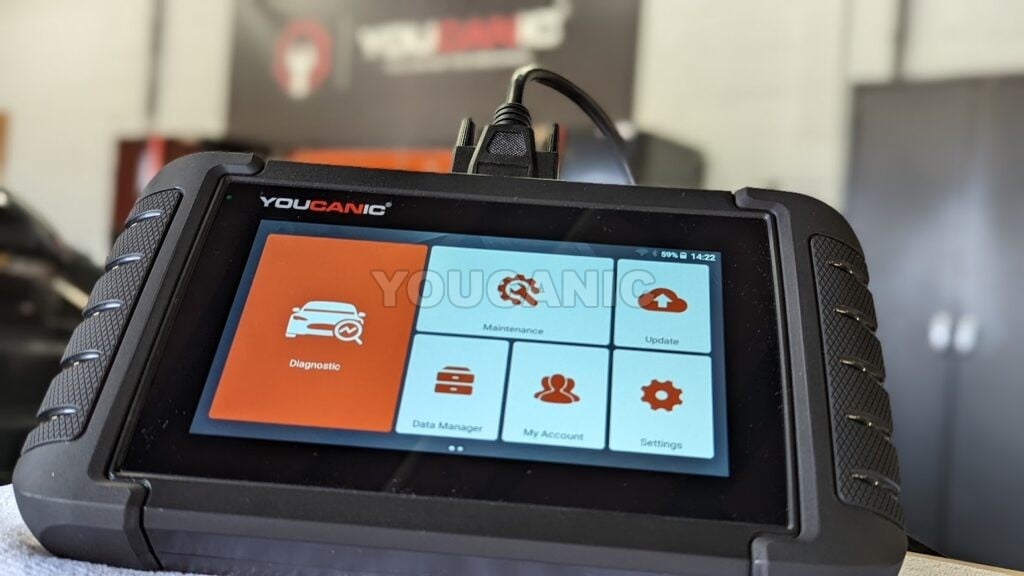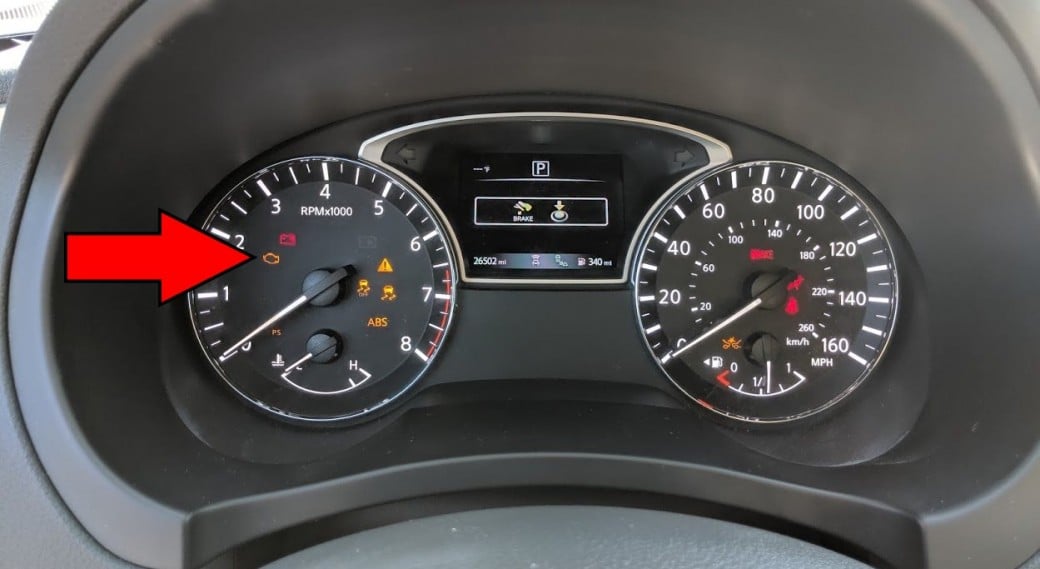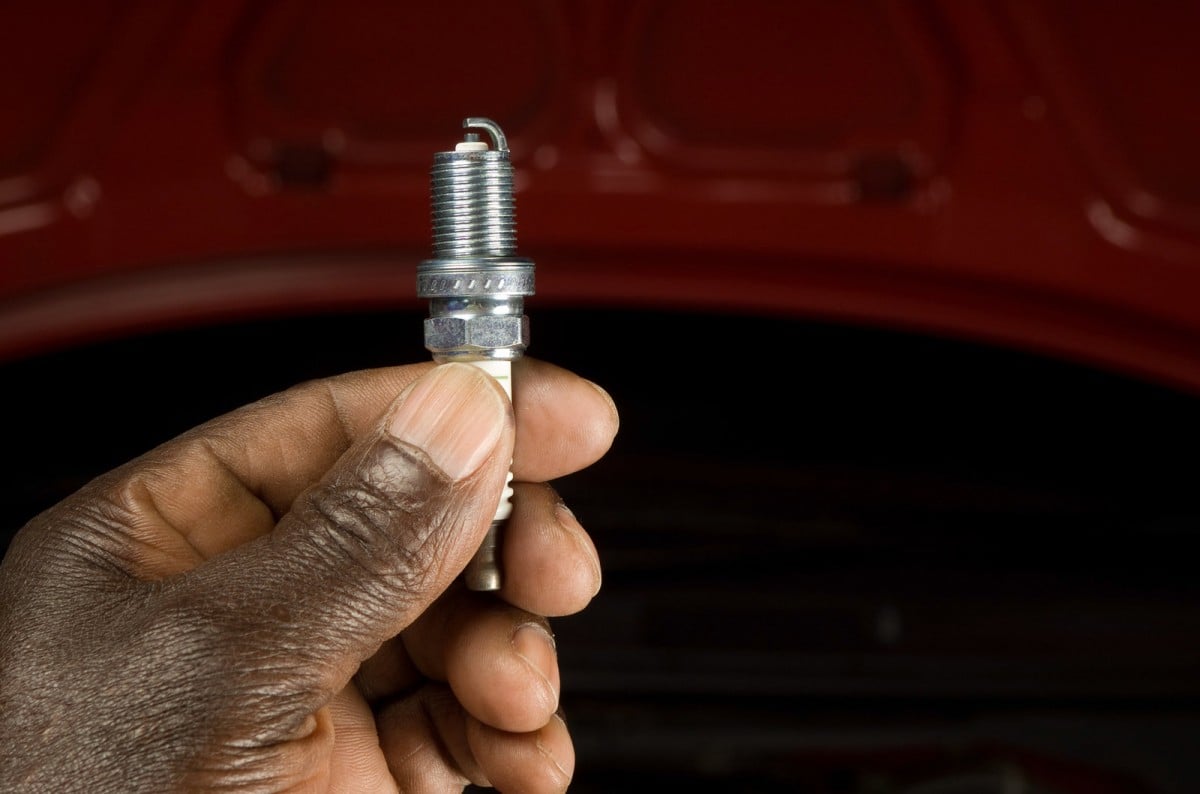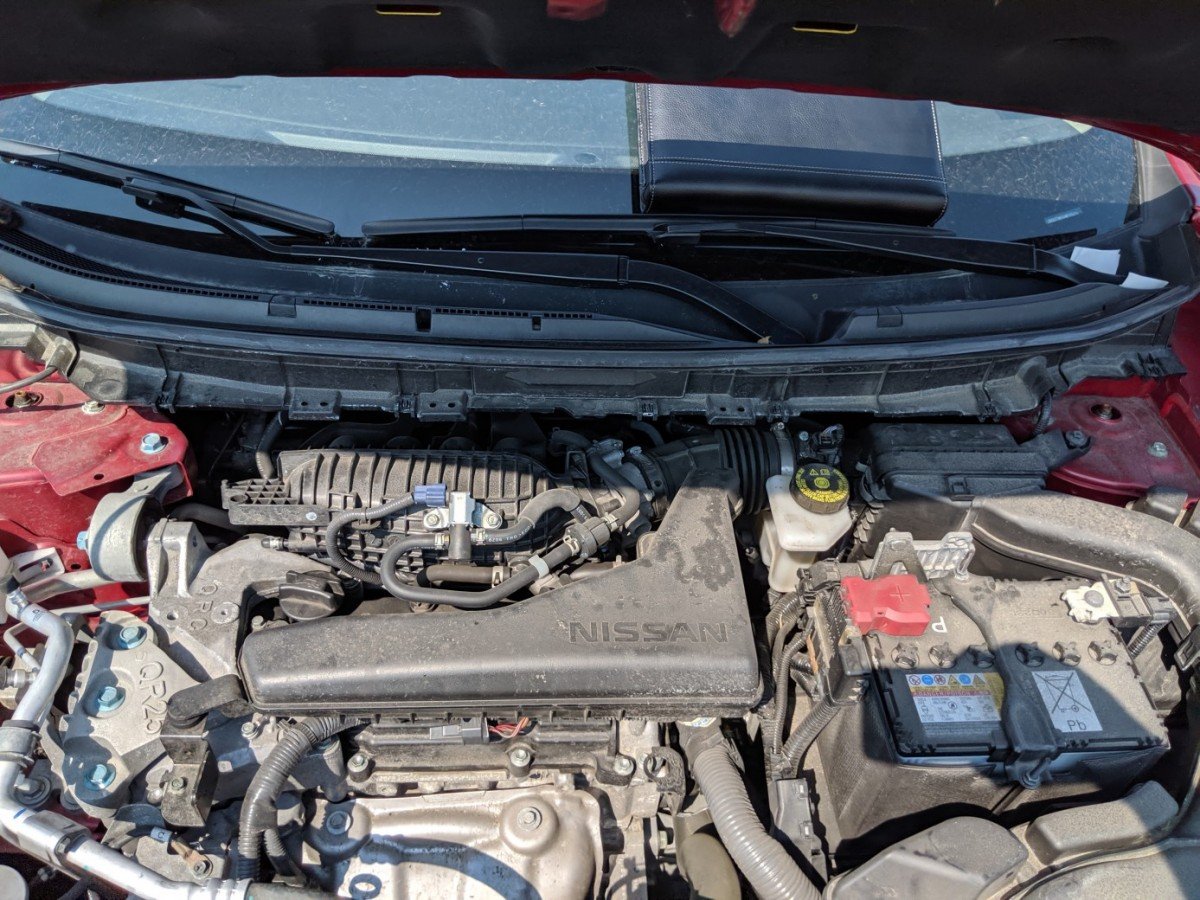Nissan Check Engine Light Stays On
Have problems with the Check Engine Light on your Nissan? Know what is the cause of why the check engine light is on and learn possible solutions to remove/fix the check engine light on your dashboard by following the procedures below.
Common problems that trigger Nissan’s check engine light to stay or flash. Lastly, learn to diagnose Nissan’s check engine light using an OBD-II scanner. When the Nissan check engine or service engine lights come on, one or more fault codes are stored in your vehicle’s On-Board Diagnostic (OBD) system.
What Does the Check Engine Light Mean on a Nissan?
When your Nissan check engine light stays on, it means the onboard diagnostic (OBD) system has detected a malfunction with the way the engine is running, a problem with the emission system, or in some cases, it can indicate a transmission problem.

To find the fault code that triggered the check engine light read the codes using an OBD-II scanner. When inserting the key in the ignition, your Nissan check engine light should come on under normal operation. After 5 seconds or once you start the engine, the light should turn off as long as no fault codes are present.
If the check engine light stays on, the problem can be simple: a loose gas cap or a faulty oxygen sensor.
Symptoms

What you may notice when the Nissan check engine light comes on:
- Rough running
- Engine juddering
- Lack of power
- Poor throttle response
- Unusual engine sounds
- Smoke from the exhaust
These symptoms show that your engine is not running as it should.
Common Problems

The most common problems that trigger the check engine light on Nissan vehicles are worn spark plugs, bad oxygen sensors, or loose gas caps.
While there are hundreds of possible fault codes and issues, here is a list of the most common problems that many Nissan owners face.
- Oxygen sensor: O2 sensor is mounted in the exhaust manifold. It monitors how unburned oxygen is in the exhaust. Monitoring oxygen levels in the exhaust is gauging the fuel mixture. O2 sensors tell the ECU if the fuel mixture is burning rich or lean. A bad O2 sensor is one of the most common problems that trigger check engine lights on Nissan vehicles.
- Loose Gas Cap: A loose gas cap allows fuel fumes to escape the fuel tank. If detected by the onboard diagnostic system (OBD), it will trigger the check engine light. The missing, damaged, or loose gas cap can trigger the check engine light.
- Variable Valve Timing: Engines equipped with a Variable Valve Timing can have VVT solenoids problems caused by oil sludging. This can result in hard starting, poor idle, and loss of power. On V6 engines, it is also possible to have a leaking galley gasket located behind the timing chain. Related Codes: P0021 or P0011 and P0014 or P0024.
-
Mass Air Flow Sensor: You may have a situation when your engine is running roughly, stalls, does not want to idle, and notices a black exhaust smoke. A dirty MAF sensor can cause this. Only use MAF cleaner fluid for cleaning the sensor. Related Code P0101
-
Vacuum Leaks: Most V6 engines have quite complex intake manifolds, with various possible intake vacuum leak points. As that will cause lean running conditions, you might experience rough idle, lack of power, or hesitation on accelerations. Related Codes: P0171 or P0174
-
Spark Plugs: A random misfire, especially when the engine is on operating temperature, can be caused by several things. In addition to the usual spark plugs and ignition coil, leaking cam cover seals will result in oil contamination to the coil boots. Lastly, dirty fuel injectors or intake air leaks can also cause a misfire. Related Codes: P0300
-
Camshaft Position Sensor: Camshaft position sensors play a key role in engine operation. Even the slightest irregularities in sensor readings will cause rough running and loss of power, followed by a ‘check engine light. Replacing the affected sensors is the best solution. Related Codes: P0340
-
Throttle Position Sensor: Most Nissan engines that have electronic throttle plates are prone to idle-related problems. This is usually caused by a carbon build-up that needs to be cleaned with a carb cleaner. In most cases, this will cause a high idle speed and a check engine light. In such an event, you must perform a throttle body relearning procedure. Related Codes: P0507
-
Transmission: Many 2005 onward Nissan vehicles have a CVT automatic gearbox, which can be troublesome. The main reason for this is within a stepper motor, which fails with time. As a result, the gearbox will not shift, and the check engine light will be triggered. In most cases, the stepper motor can be replaced without removing the gearbox. Related Codes: P1778
How to Reset Nissan Check Engine Light
Follow the instructions below to read and reset the Nissan check engine light codes with an OBD-II scanner.
- Locate the diagnostic port under the dashboard and plug in your OBD2 scanner.

- Turn on the ignition but do not start the engine.

- Allow your OBD2 scanner to turn on. Press Enter to read codes. Once you read the codes, you will need to fix the problems related to the fault codes.
Come back to the main menu. Select Clear Fault Codes, then OK. The check engine light on your Nissan will reset. Note that the check engine light will come back on if you didn’t fix the problem that triggered it in the first place..jpg)
Auto parts stores and some auto mechanics will often read the codes for your free of charge. Call a few near your house to find out if they read check engine light free of charge.
Nissan Check Engine Light Flashing On and Off, Engine Shakes

One thing you must never ignore is a flashing check engine light. This happens when a misfire on one or more cylinders is detected. This can easily damage a catalytic converter in just a few minutes. Usually, the Nissan check engine light will flash if there is a bad spark plug or ignition coil.
Driving or keeping the engine running is not recommended if your Nissan check engine light is flashing.
When your Nissan check engine light comes on, the first step in finding why is to read the fault codes with an OBD-II scanner to retrieve the fault codes and check if a local auto part store will read the codes free of charge.
A loose gas cap is one of the most common problems that trigger the check engine light on Nissan vehicles. If you recently added fuel, you may have forgotten to tighten the gas cap.
Find a safe location to pull over and tighten the gas cap until it is tight or clicks. The gas cap must be replaced in some cases because the gasket that seals the vapor fuels from escaping can get damaged.
Don’t expect the check engine light to turn off immediately. It can take up to a week for the check engine light to reset, or you can use an OBD-II scanner to reset the light yourself.
It is not recommended to drive your Nissan if the check engine light is flashing.
Conclusion
Hundreds of possible problems can cause the check engine light on a NISSAN vehicle to come on. The most common issues are spark plugs, oxygen sensors, and catalytic converter failure. Instead of guessing what is wrong, use an OBD-II scanner to read the fault codes.
Frequently Asked Questions
Can I reset Nissan’s check engine light by disconnecting the battery?
Yes, you can, but that does not fix the problem. If the problem has been fixed, your check engine light will reset on its own, usually within a few days. If the problem is not fixed, the check engine light will return within a few days.
Nissan models can be diagnosed with an OBD2 scanner.
All 1996 and newer Nissan vehicles can be diagnosed via the diagnostic port. Including models such as 350Z
370Z
Almera Pulsar
Altima
Armada
Avenir
Bluebird
Cedric Gloria
Cima
Cube
Elgrand
Fuga
GT-R
Juke
Lafesta
Laurel
Leaf
Leopard
Maxima
Micra
Murano
Navara
Note
NV Evalia
NV200
Pathfinder
Patrol
Frontier
Praire
President
Primera
Pulsar
Qashqai
Quest
Rogue
Sentra
Serena
Skyline
Teana
Versa Tiida
Titan
Vanette
X-Trail
Xterra
Can I still drive with a Check Engine Light On?
Yes, you can drive your vehicle within a few miles. But make sure to set your vehicle in a repair shop as soon as possible. Driving your vehicle with a check engine light for a long time can damage your vehicle and will cost more than fixing the check engine light.









I have noticed that the codes for the Nissan begins with a “P” eg P0101( Mass Air Flow Sensor) Does codes for Nissan begins with “B” “C” and “U” eg B124A, U1000, or C1130.
Where can one find the results for the codes obtained with the OBD2 scanner?